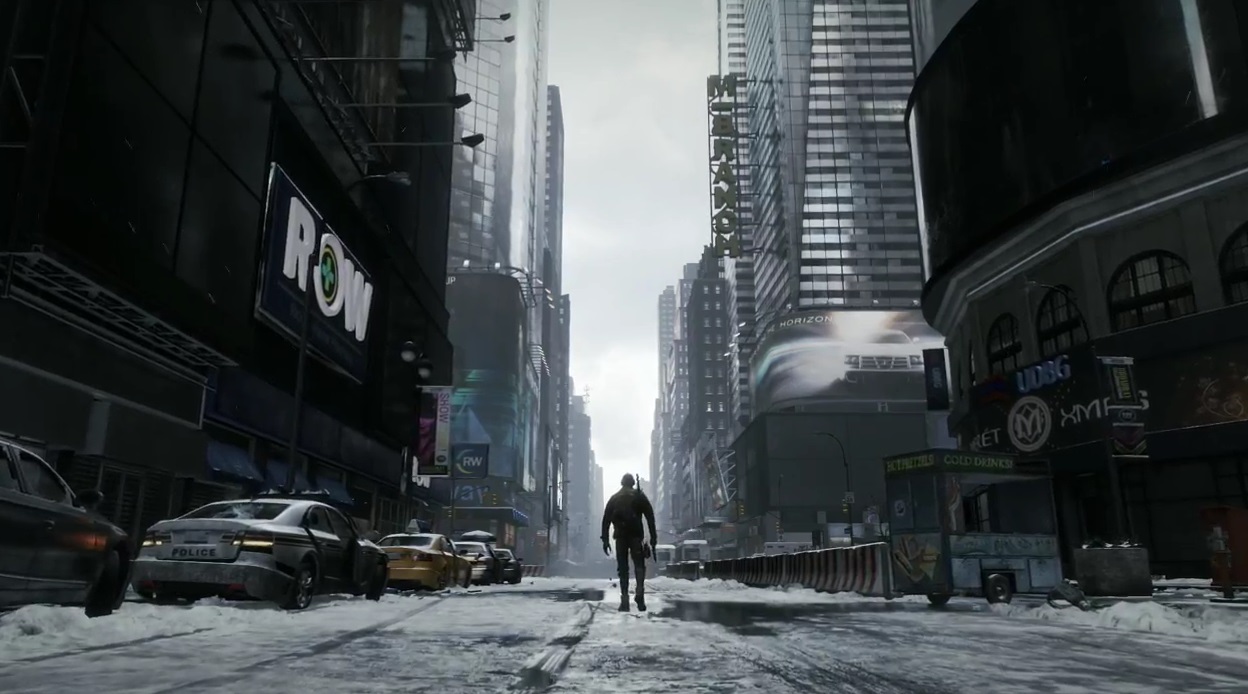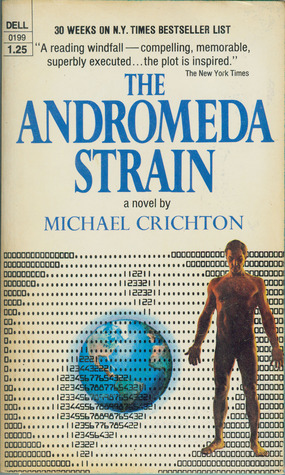If you like Tom Clancy's The Division, you'll also like...
Is anyone else feeling hot? *coughs ominously*

There’s something charmingly old-fashioned about Tom Clancy’s The Division. Specifically, the idea that facing a total disaster scenario, faceless government bureaucracies might actually be capable of resisting the inevitable collapse of society. In our current, cynical age, this is The Division’s ultimate role-playing fantasy. And although in his review James found the narrative core of the open-world MMO mostly forgettable, the attempt the game makes to represent this idea might be its most compelling feature.
Certainly, The Division is a game that tries to be a lot of things at once. Fundamentally it’s a slick-feeling, third-person cover shooter, but it also wants us to care about the dystopic New York that serves as the backdrop to all that casual violence, a city decimated by a deadly disease. The Division’s world of viral outbreak and urban chaos is one where the true danger is fear of the disease itself—along with the devastation caused by the breakdown of basic services. The player becomes a helpful, techno-savvy civil servant who happens to carry a submachine gun and a license to kill.
In this edition of ‘If you like…’ I take a look at some of the best examples of pandemic literature and film, where we see how soldiers, scientists, and civilians might cope when when confronted with deadly, invisible pathogens.
Contagion, directed by Steven Soderbergh
In frame after frame of this 2011 film, we see images that could be ripped straight out of The Division’s decimated New York. Shot in the cool colors of laboratories, government offices, and city streets, Contagion’s world is one we could imagine our own becoming, if only the right virus and set of circumstances were to come our way.
Soderbergh keeps his stellar cast and tightly woven global story in check as we move quickly through the entire arc of a deadly pandemic. We witness the effect of the film’s fictitious plague on ordinary families as well as the government scientists who are tasked with containing the disease, and hopefully, finding a cure. And in our own strange world, where the Ebola virus can live on in a survivor’s eyeball, Contagion’s attention to deal can seem all too real and terrifying.
The Hot Zone, by Richard Preston

A nonfiction account that essentially traces the history of some of the planet’s deadliest viruses, The Hot Zone is one of the most frightening books I’ve ever read. Although divided into four parts, the core of the book deals with the true story of research at a highly-secure US government lab where scientists work with biosafety level 4 infectious agents such as Ebola and other hemorrhagic fevers.
In Preston’s riveting and detailed account, we learn about a 1989 incident in which a new—possibly Ebola-like—virus is discovered at a primate quarantine facility just a few miles from Washington, D.C. Even more than 20 years after its publication, what the book makes absolutely clear is that the natural world has a way of subverting the plans of even the smartest, most well-intentioned experts.
Keep up to date with the most important stories and the best deals, as picked by the PC Gamer team.
Outbreak, directed by Wolfgang Peterson
Other than Contagion, Wolfgang Peterson’s 1995 film Outbreak represents the best of the plausibly realistic pandemic films. Just as The Division’s detailed environments want to convince us of the real-world potential of its disaster narrative, Outbreak uses the reality of a deadly, Ebola-like disease to tell its story.
Peterson, who directed movies like Air Force One and The Perfect Storm, has basically taken The Hot Zone’s non-fiction account and turned it into a medical and military thriller. A monkey carries a deadly pathogen from Africa to the United States and people start dying. At times bombastic and too optimistic in its approach to its material, the film still holds up today as a worthy approach to its subject matter. In Outbreak, fear—and how to resist it—is always the central theme.
The Andromeda Strain, by Michael Crichton

The grand-daddy of viral techno-thrillers, Crichton’s 1969 novel is worth a read by anyone who wants to experience the claustrophobia and horror of a catastrophe in an underground government lab. The book’s plot deals with a military satellite that has crashed to Earth, bringing with it a deadly organism from the upper atmosphere. But the pathogen has mysteriously left a pair of exposed victims on the ground alive.
The novel that truly established Crichton as a best-selling author, The Andromeda Strain has all the key elements that would go on to define his approach to scientific thrillers—intelligent three-dimensional characters, plausible but familiar problems, and a tight, readable style. If The Division’s many missions succeeded at propelling you through its fallen city, then you should be right at home with Crichton’s page-turner. It’s one of his best.
For more installments of ‘If you like...’, check out the other games covered in this series below:
- If you like Metal Gear Solid 5
- If you like Dead Space
- If you like The Witcher
- If you like Dishonored
- If you like Mass Effect
- If you like Skyrim
- If you like Fallout 3
- If you like Deus Ex
- If you like Company of Heroes
- If you like STALKER
- If you like Her Story
- If you like American Truck Simulator
- If you like Rainbow Six Siege
- If you like Far Cry Primal

